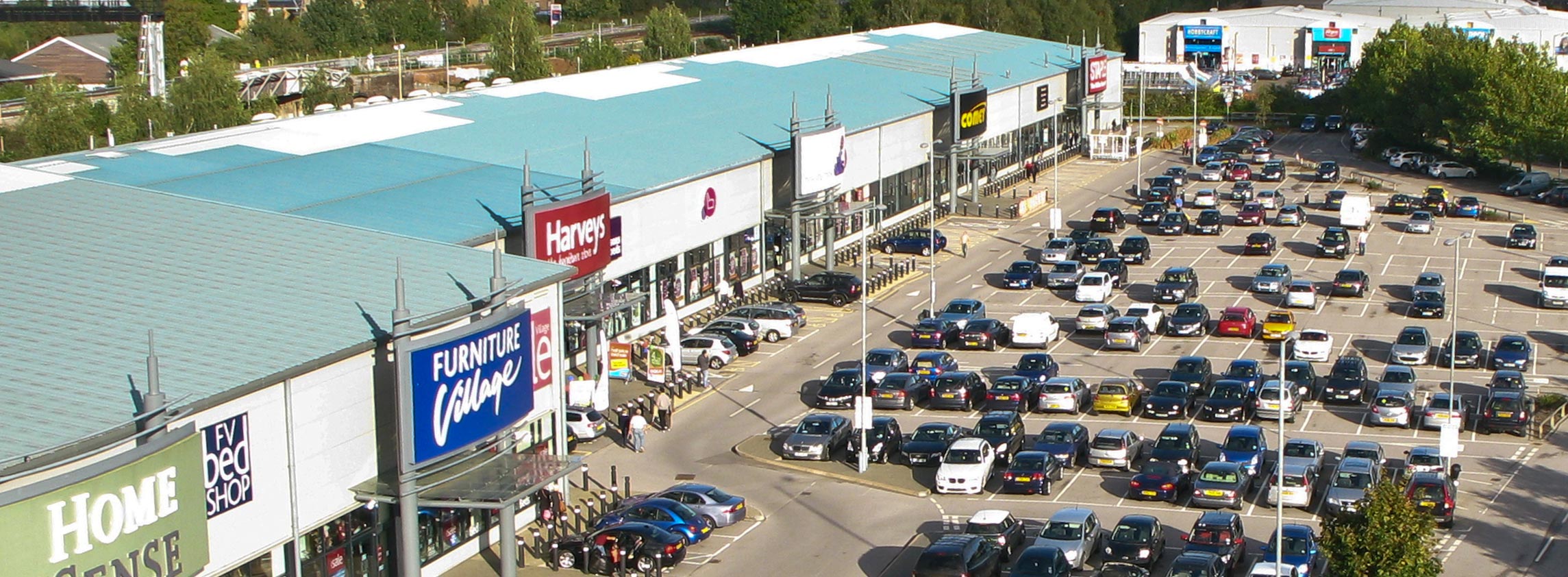Sector yields start to bifurcate
While the average prime yield across all our sectors remained broadly stable this month, some interesting differentials are starting to appear as investors take a view on what might be Core going forward.
In the retail sector, October saw a further 25bps softening in high street and shopping centre yields, while both of the retail warehouse segments saw their yields harden by 25bps. This reflects a broadening acceptance amongst investors that not only are parts of the retail warehouse market more defensive against the rise of internet retailing, but also that footfall on retail warehouse parks is almost back to normal levels due to its more social distancing-friendly configuration. Retail warehousing remains very liquid and we expect to see more transactional activity in this sector in the final few months of the year.
October also brought some bifurcation in the office market, with West End office yields hardening by a quarter of a point, while M25 offices softened by a similar level. The rationale behind this bifurcation is harder to explain, and probably has more to do with international investor bias towards Core West End offices, than any particular difference between the prospects for the occupational markets in these two locations.
Investor interest returns, though a return to normality is unlikely before Brexit
As the chart below shows, commercial property investment turnover has recovered quite sharply in both September and October 2020. While this recovery will by no means compensate for the very low levels of turnover in the preceding five months, it does give an indication that investors still have confidence in the UK, despite the twin uncertainties of Covid-19 and Brexit.
The most positive trend that has emerged in September and October is the return of non-domestic investors to the market, with nearly 48% of all purchases being by buyers from outside the UK. This is actually a marginally higher proportion than normal, something that is particularly impressive given the continuing difficulties surrounding international travel.
What is more normal in the last two month’s figures is the fact that 50% of all deals took place in Greater London, a trend that is absolutely normal as markets emerge from recession and investors herd towards Core assets and locations as part of wider ‘risk-off’ strategy.
While there remains a lively debate around the future of the office post-Covid, it comes as no surprise to us that offices were the most active asset class in October, accounting for 42% of all deals by capital value.
Looking ahead, we do not expect that Lockdown 2.0 will derail many of the transactions that are currently underway in the market, and this will mean that both November and December will see similar levels of turnover in relation to the five-year average as September and October.
Thereafter, the removal of Brexit as a reason to defer decision-making should ensure that Q1 2021 will see a return to normal levels of investment and possibly even a typical post-recessionary period of higher than normal activity.
Lockdown 2.0 will be less damaging than the first
Oxford Economics have just published a revision of their UK economic forecast that looks at the likely impact of the most recently announced national lockdown.
This suggests that GDP will drop sharply in November, but only by 10% month-on-month (compared to the 25% fall in the February to April period).
The most significant difference this time is that some sectors (most notably education) will remain open. Last time around the closure of this sector directly contributed 2.2ppts to the fall in output, and also had significant indirect impacts.
It is also worth noting that with many sectors working at below capacity levels in October, the scope for a larger fall in output is more limited. Our chief concern remains around Christmas shopping, as retail sales in that period are very important to Q4 and Q1 GDP in particular.
